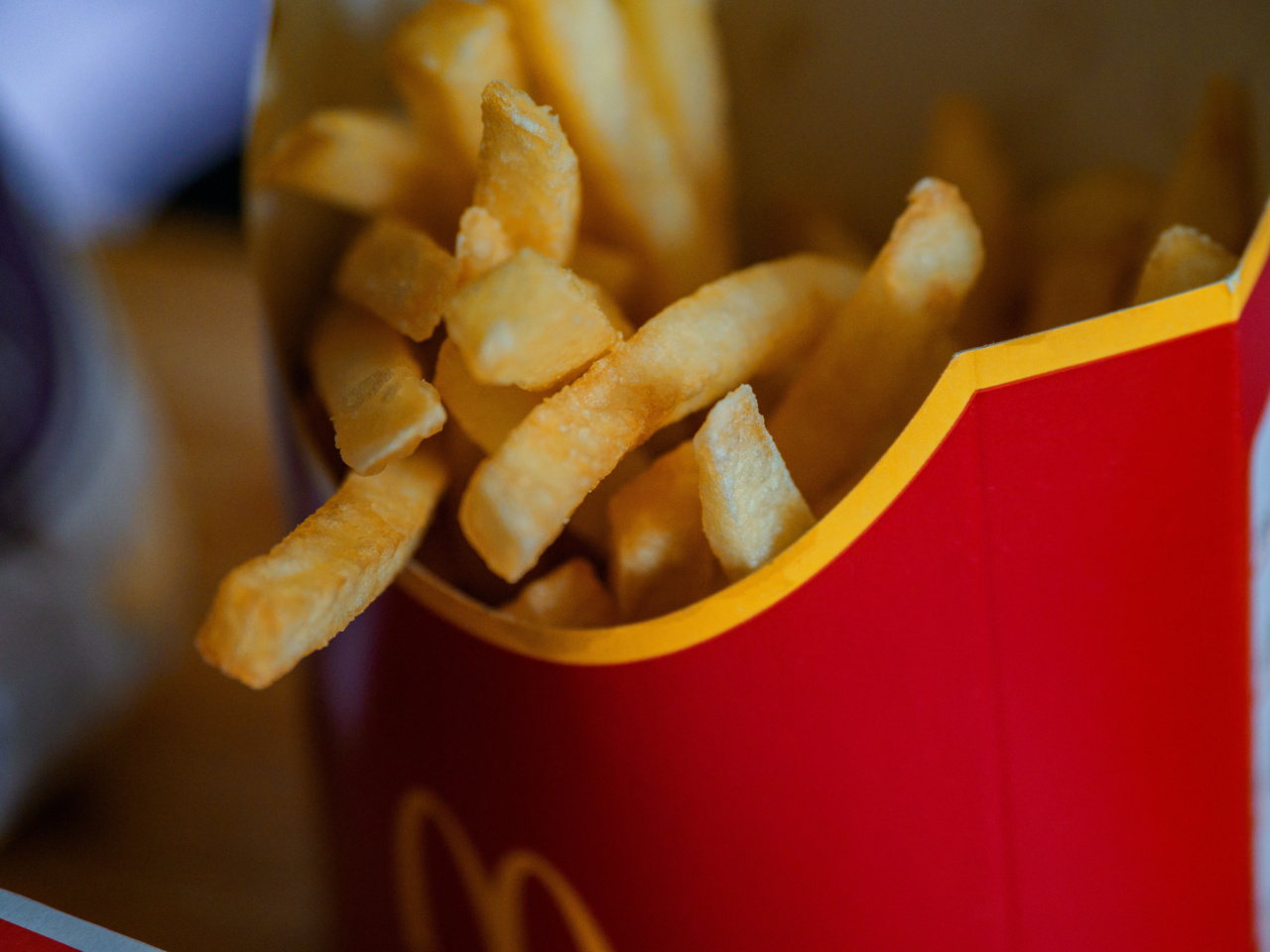When it comes to weight management and maintaining a healthy lifestyle, the concept of “calories in versus calories out” is often discussed.
This concept revolves around the idea that in order to maintain or lose weight, one must balance the number of calories consumed with the number of calories burned through physical activity and daily bodily functions.
Understanding Calories
Before delving into the intricacies of calories in versus calories out, it’s important to understand what calories are. Calories are a unit of measurement used to quantify the energy content of food and beverages.
The energy provided by calories is essential for the functioning of our bodies and enables us to perform various tasks throughout the day.
Calories In: The Role of Diet
The “calories in” portion of the equation refers to the calories consumed through the foods we eat and the beverages we drink.
Our bodies require a certain number of calories to perform daily functions such as breathing, digestion, and maintaining body temperature.
Consuming more calories than our bodies need can lead to weight gain, as the excess calories are stored as fat.
On the other hand, consuming fewer calories than our bodies require can result in weight loss, as the body starts utilizing stored fat for energy.
Basal Metabolic Rate (BMR)
The Basal Metabolic Rate (BMR) is an important factor to consider when discussing the caloric needs of an individual.
BMR represents the number of calories your body needs to maintain basic bodily functions at rest, such as breathing and cell production.
The BMR is influenced by various factors, including age, gender, weight, height, and body composition. It is important to note that BMR only accounts for a portion of the total calories burned in a day.
Physical Activity and Calories Out
While the BMR accounts for calories burned at rest, physical activity is another key component of the “calories out” equation.
Physical activities such as exercise, walking, house chores, and other forms of movement contribute to the total number of calories burned in a day.
The intensity and duration of physical activity play a role in determining the number of calories burned. Higher intensity activities and longer durations typically lead to a higher calorie expenditure.
Tracking and Balancing Calories
Tracking calorie intake and expenditure can be helpful for those looking to maintain or manage their weight.
Various tools and apps can assist in tracking both food intake and physical activity, allowing individuals to gain a better understanding of their overall energy balance.
It’s important to approach calorie tracking with a balanced perspective, focusing not only on the quantity of calories consumed but also on the quality of the foods and nutrients they provide.
Opting for nutrient-dense, whole foods is essential for overall health.
Psychological Factors and Calories
While the concept of calories in versus calories out seems straightforward, it’s essential to acknowledge the role of psychological factors in our eating habits and overall energy balance.
Emotional eating, stress, and other psychological factors can lead to an imbalance in calories consumed versus calories burned.
Addressing these factors and developing healthy coping mechanisms can contribute to a more sustainable and balanced approach to weight management.
Individual Differences
Every individual is unique, and factors such as genetics, lifestyle, and overall health can influence how our bodies process and utilize calories.
It’s important to take into account these individual differences when considering the “calories in versus calories out” model.
Some individuals may have a naturally higher BMR or a more efficient metabolism, allowing them to consume more calories without experiencing weight gain.
On the other hand, some individuals may have a slower metabolism, requiring them to be more mindful of their calorie intake and expenditure.
The Role of Macronutrients
While calories are an important aspect of weight management, the composition of the foods we consume also plays a significant role.
Different macronutrients, including carbohydrates, proteins, and fats, have varying effects on satiety, metabolism, and overall health.
For example, protein-rich foods can increase satiety and support muscle growth, while excessive consumption of refined carbohydrates can lead to blood sugar imbalances and weight gain.
Balancing the intake of macronutrients alongside overall calorie intake is crucial for a healthy and sustainable approach to weight management.
Long-Term Sustainability
Adopting a healthy lifestyle and achieving a balance between calories in versus calories out is not a short-term fix but rather a long-term commitment.
Fad diets and extreme approaches are often unsustainable and can have negative impacts on both physical and mental health.
Instead, focusing on nourishing the body with wholesome foods, engaging in regular physical activity that is enjoyable, and maintaining a balanced energy intake can contribute to long-term weight management and overall well-being.
Conclusion
The concept of calories in versus calories out forms the foundation of weight management and maintaining a healthy lifestyle.
By understanding the role of calories, tracking intake and expenditure, considering psychological factors, and adopting a balanced approach, individuals can make informed choices and work towards achieving their health goals.































